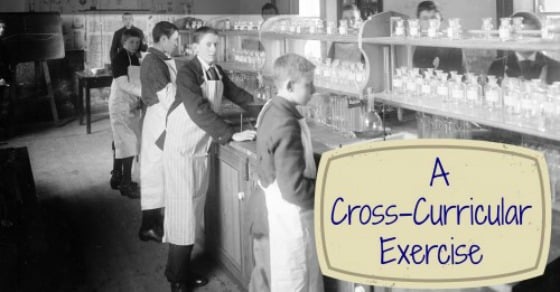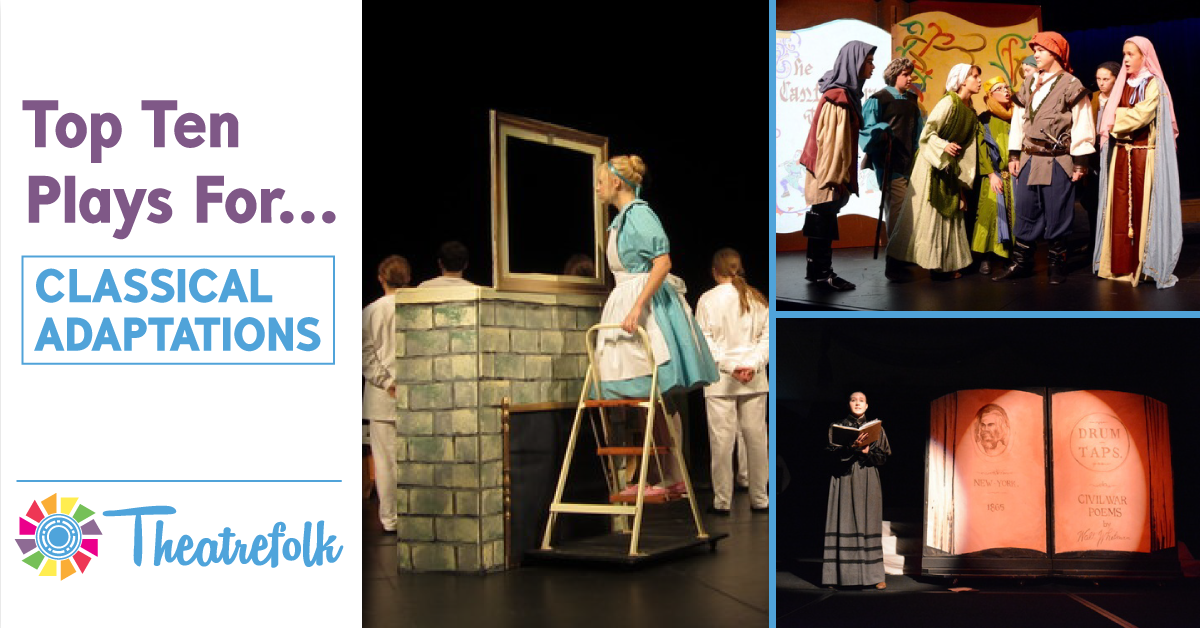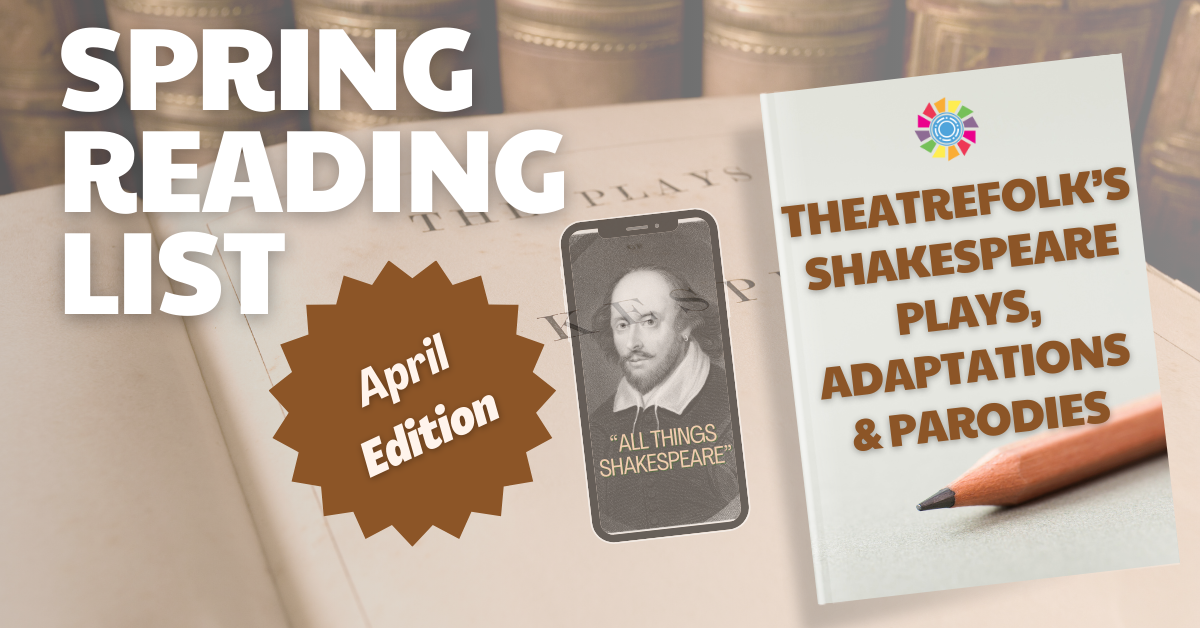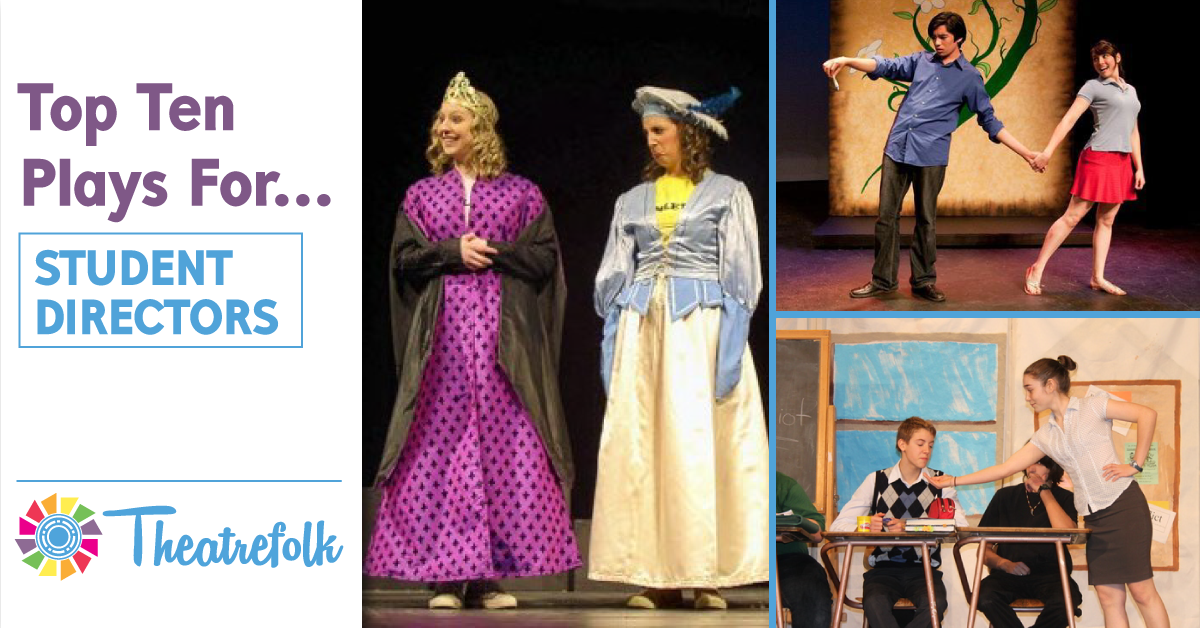Teach any Lesson Through Drama
I was one of those math and science kids. But I also loved drama. I started university as a computer science student but left with a degree in theatre.
I enjoyed studying calculus, chemistry, physics, etc. But when I think of the atom, when I think of all the lectures I sat through, the drawings, the protons, the neutrons, the electrons, the periodic table and so on, the clearest picture in my mind is still Venus Flytrap’s explanation on the TV show WKRP in Cincinnati.
WKRP in Cincinnati, for the uninitiated, was my favourite sitcom. On this particular episode, one of the DJ’s (Venus Flytrap) befriended a cleaning woman at the station. Her son was getting involved with gangs and she asked Venus for help to straighten her son out. Here’s the resulting scene:
Aside: This is a ten minute uninterrupted scene in a sitcom. When was the last time a sitcom had a scene like this?
The lesson doesn’t just work because the kid is a gang member and identifies with the gang story. (I wasn’t a gang member and it worked for me.)
It works because Venus has crafted a drama.
What are the main components of drama? Character and conflict.
The characters are the gang members, the conflict is a turf war. Boom – there’s your drama.
Put some kids in a room and have them represent the protons, neutrons, and electrons, and you’ve got yourself some theatre.
Cross-Curricular Drama Lessons
I think that drama should be on the agenda for all students. Drama can be used as a tool to teach almost anything because it can address multiple intelligences all at the same time.
Here are a few examples of how to use drama to teach cross-curricular subject matter. I hope these examples will spark some ideas for lesson plans of your own.
The Sciences
The scene from WKRP in Cincinnati is a fantastic example of using drama to teach science. The key to teaching any subject through drama is to take whatever is being taught (e.g. magnetism, the parts of a cell, gravitational pull, nuclear fission) and translate those concepts into character and conflict.
The beauty of science is that there is always something that can be translated into drama.
Let’s look at some examples.
Magnetism – This is a simplified version of Venus Flytrap’s presentation on the atom. This time, there are just two gangs – the Positive gang and the Negative gang. And this time, the Positive gang really likes the Negative gang. They want to join them in the worst way. The closer they get to the Negative gang, the more they want to join them.
But the Positive gang wants nothing to do with other chapters of the Positive gang (as it turns out, they’re a bit self-loathing). The closer the Positive gang is to the the other chapter, the harder it is to bring them together.
The parts of the cell – Get everyone on their feet. Assign different cell parts to everyone in the class.
Have one student play a virus – the common cold. Pretend that it’s able to penetrate the defenses of the cell and infect it. How does the cell react?
Have other students play the roles of antibodies sent to fight the virus. How do the antibodies fight the virus? What happens when the antibodies win? What happens when the virus wins?
Gravitational pull – Here’s a way of dramatizing the orbits of the planets. Put a student in the middle of the room. Call him Joey Hollywood. Joey’s a big star and everybody wants to be close to Joey.
Let’s create some fans for Joey. You need to know three things about fans – 1) They have no self-control. If they’re still, they can’t make themselves move. If they’re moving, they can’t speed up, slow down, or change direction, 2) Big Hollywood stars like Joey can draw them in, and 3) The closer the fan is to the star, the stronger the star’s pull.
Play out this scenario:
- Fan #1 is placed at a distance from Joey standing still. Fan #1 is pulled to Joey right away until they’re stuck together.
- Fan #2 is placed at a distance from Joey but Fan #2 is in motion. Joey has an effect on Fan #2 but, since Fan #2 is moving, Joey’s pull is only strong enough to change Fan #2’s course slightly. The combination of Fan #2’s movement and Joey’s pull makes Fan #2 circle round and round Joey forever.
- Fan #2 is moving at the same speed as #2 but is closer to Joey, so they eventually get drawn into Joey like Fan #1.
- Keep adding different fans with different speeds and starting distances to illustrate that some will orbit, some will crash into Joey, and others will barely be affected by Joey at all.
Nuclear fission – Spread the students about the room in pairs. Each group represents a gossip club who calls themselves “The You-Too’s.” Being gossipy, they often get very excited and want to run around and tell others about their gossip.
Have students play this out. Each pair comes up with a piece of gossip, gets excited about it, and runs to another pair and share their gossip.
Pause the class. Choose one pair. Tell them to discuss their gossip, get very excited about it, and this time split up to spread the news. But when they do, they’re so excited they run very fast and pass by all the other groups without spreading their message.
Allow a couple of groups to demonstrate this.
Pause the class. Explain that all the pairs are now in a pool filled with knee-deep water. This time when the first group shares their gossip, gets excited and then splits to share their gossip, the water slows them down. So when one reaches another “You-Too” pair they’re able to stop and share the gossip. These “You-Toos” also get excited, split, and spread the message to other pairs, and so on and so on.
Very simply, this is how nuclear fission works. Uranium-235 is unstable. But normally when it splits, the particles move so quickly that they pass through the other atoms without bothering them. But when they have something to slow them down (e.g. “heavy water”) they collide and split other Uranium-235 particles. A chain reaction occurs causing intense heat which is converted into electricity.
I think that many students would have a much better time learning science if, instead of looking at a drawing of a nuclear reaction, they actually took part in one. How could you forget the principles of nuclear fission once you’ve played the role of a gossipy hunk of uranium?
History
History is drama. It’s full of character and conflict. Have you ever read a chapter from a history textbook that talked about a peaceful group of people who just went about their lives without struggle or conflict or hunger or war for hundreds of years? I haven’t.
Portray historical figures from the time period you’re studying. Assign a different historical figure to each student and stage improvised conversations where they meet one another. How would Henry VIII speak to a butcher? What would a Confederate soldier say if he found out his best friend was fighting for the North?
Stage an historical event. Write and perform a short scene based on something you’re studying in history. Write and stage a spoof of that event.
Find a piece of theatre that was popular during the time period you’re studying. What do we think of this play now? Why was it popular in its day? What types of people would have been at the play? Royalty? Peasants? Both?
English Literature
Turn poems into performance pieces. Have the whole class learn the same poem and stage it. What lines should be spoken by individuals? What lines make most sense when spoken as a group? What images are evoked by the poem and how can they best be represented on the stage? If you could design a set for this poem, what would it look like? For an example, Will and Whimsy: Sixteen Dramatically Illustrated Sonnets of Shakespeare wraps modern scenes around Shakespearean sonnets.
Extract some vignettes from the novel you’re studying. Divide the class into groups and assign a vignette to each group. Have the groups translate the vignette into a scene and perform it. If you were staging this scene in a play, what would the costumes look like? What would the set look like? What would you want the audience to feel when they watch the scene? For an example, look at some scenes from Through the Looking-Glass.
Write and perform a short parody of the piece of literature you’re studying. Parody is a fun way to learn because you have to be very familiar with the source material in order to do a good job. It will also help let off some steam if the students find the material to be heavy or boring. A good example of this would be Hamlette or Much Ado High School.
Adapt the piece of literature you’re studying into the style of The Complete Works of William Shakespeare (Abridged). You have a two minute time limit to tell the entire story. What are the most important parts? How do you tell the story in the most efficient way possible? See the Mythapalooza Slam Jam in Circus Olympus for an example.



